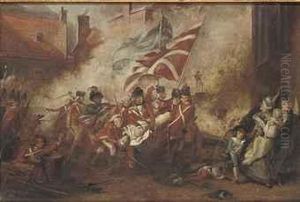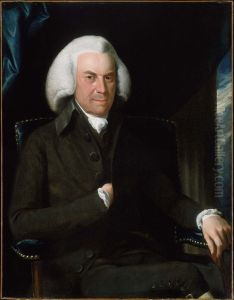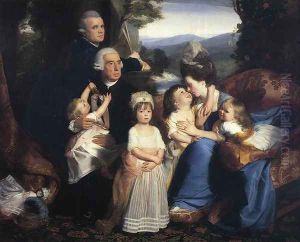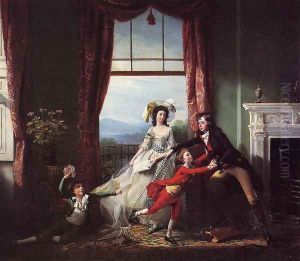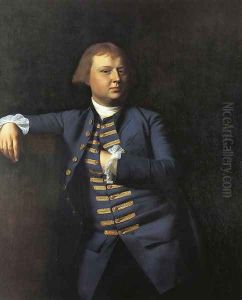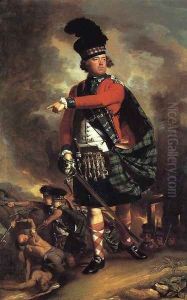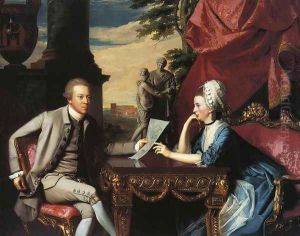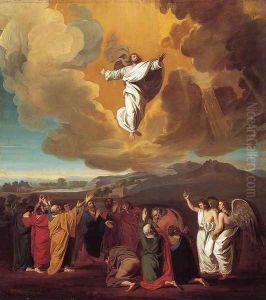John Singleton Copley Paintings
John Singleton Copley was a prominent American painter, born on July 3, 1738, in Boston, Massachusetts. He is widely recognized as one of the greatest portraitists in colonial America and for his contributions to early American art. Copley's parents were of Irish descent, and his stepfather, Peter Pelham, was a well-known engraver and portraitist who provided the young Copley with early artistic training and exposure to the art world.
Copley's career began in the mid-1750s, and he quickly established himself as a leading portrait painter in the colonies. His work was characterized by his remarkable ability to capture the likeness and personality of his subjects. Copley's portraits were notable for their attention to detail, use of rich colors, and the sophisticated rendering of textures and fabrics.
Despite his success in America, Copley felt that he needed to pursue further artistic training and experience in Europe. In 1774, he moved to London, just before the outbreak of the American Revolution. This relocation marked a significant turn in his career. In England, Copley evolved his style and started painting historical and narrative scenes. His ambition was to gain recognition in the more prestigious genre of history painting, which was highly regarded in Europe.
One of Copley's most famous works from this period is 'Watson and the Shark' (1778), a dramatic depiction of a shark attack that is considered a masterpiece of 18th-century art. The painting reflects Copley's ability to convey intense emotion and movement, which was a departure from the more static and formal style of his earlier portraiture.
Copley continued to work and live in London for the remainder of his life. He exhibited regularly at the Royal Academy and became an associate member in 1779, later being promoted to full membership in 1783. Despite the geographical distance from his homeland, Copley maintained a connection to America through his art and correspondence.
John Singleton Copley passed away on September 9, 1815, in London. His legacy endures as a foundational figure in American art history, and his works are held in high esteem, with many displayed in museums and collections across the United States and Europe. Copley's life and art serve as a bridge between the artistic traditions of colonial America and the broader European art historical narrative.
